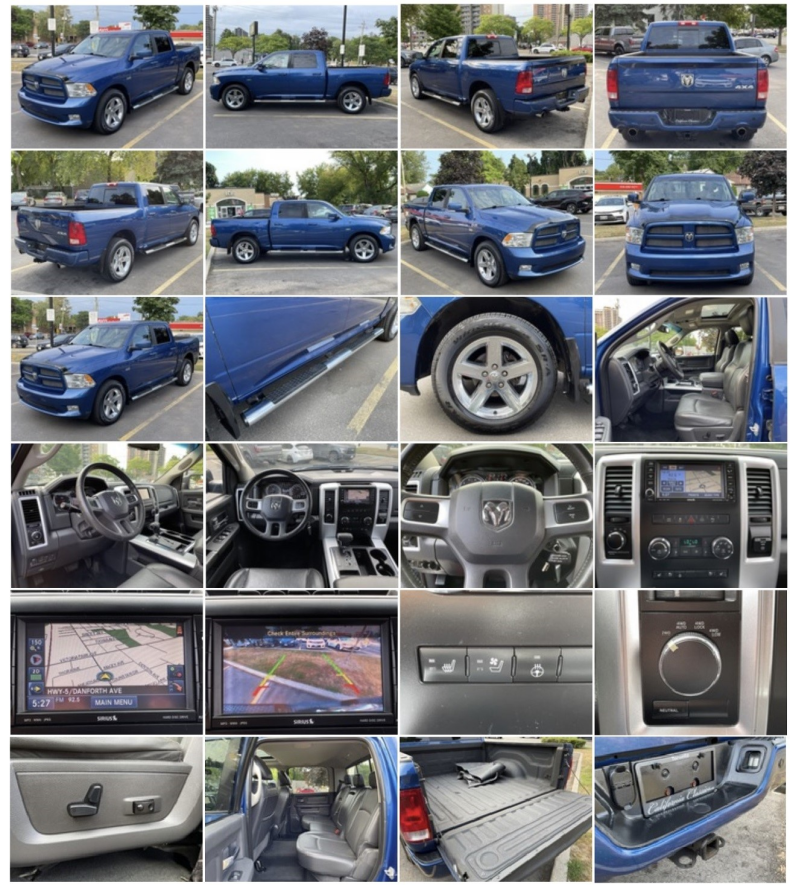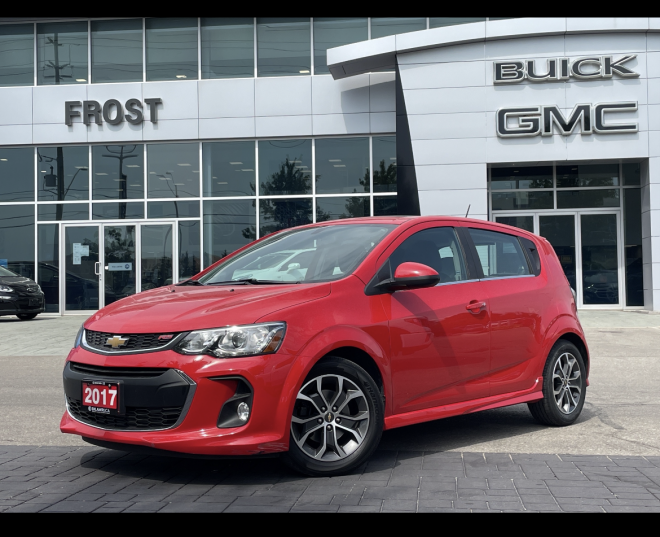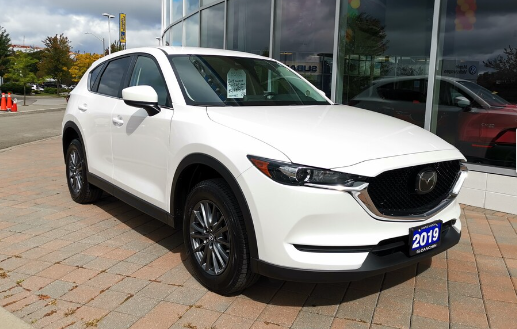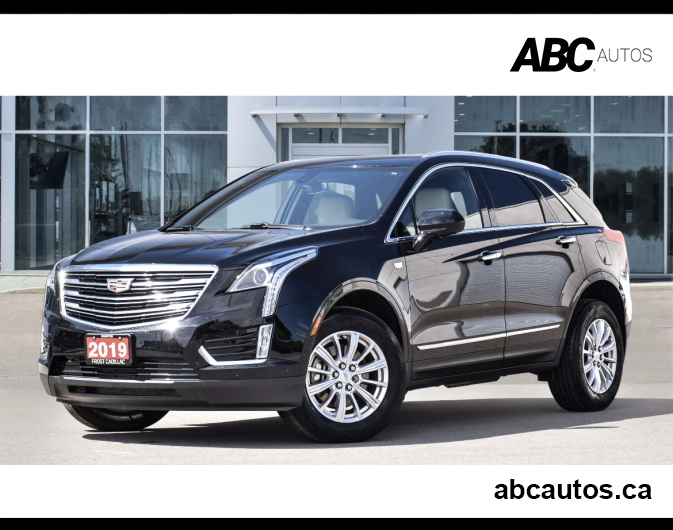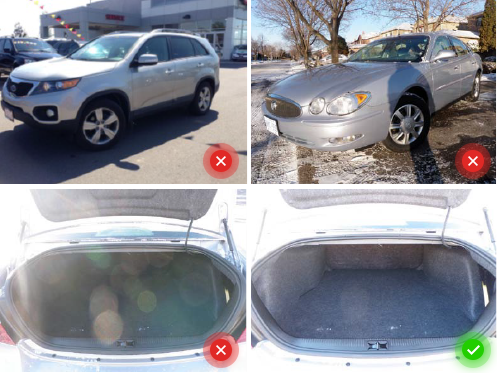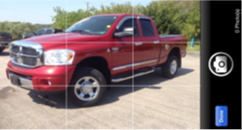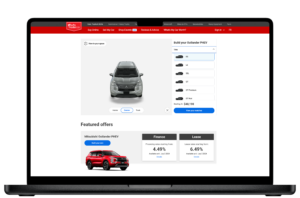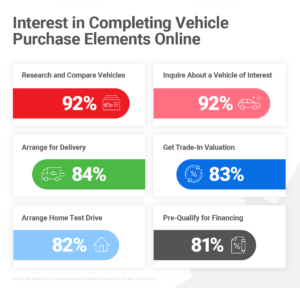A picture is worth a thousand words – particularly when you’re using the strategy as an interest and engagement driver to aid with the sale of a vehicle. A vital aspect of well merchandised inventory is quality photos, more specifically, top-notch photography that creates a good first impression with car shoppers engaging with your inventory listings.
When photos of your inventory illustrate every aspect that a consumer would inspect and evaluate during a dealership visit, you are effectively engaging in a pre-sale of the vehicle. Remarkable photos can help speed up the process, as the sheer quality and quantity of the visuals contained within your Vehicle Detail Page (VDP) have already primed prospective buyers with a complete rundown of the vehicle’s appearance, condition, and features, enabling them to go straight to the test drive. Research shows that 75% of consumers find multiple shots of the exterior and interior to be useful when they’re viewing a vehicle1. Additionally, dealers who equip their inventory listings with 11 or more photos see significant increases to both VDP views and leads per ad, compared to inventory listings with 10 or less photos². As such, we recommend at least 11 photos but for even stronger performance up to 30 photos for each piece of inventory to ensure you’re ticking the box for effective merchandising and giving consumers every angle they need.
Shooting compelling photographs requires expertise, experience, and strong attention to detail. Whether capturing with a phone or a camera, follow the below guidelines to achieve the best results – and before you begin, be sure to clean your camera lens!
